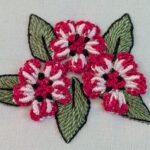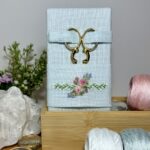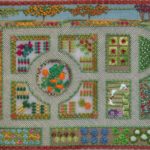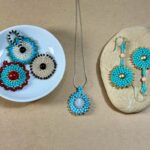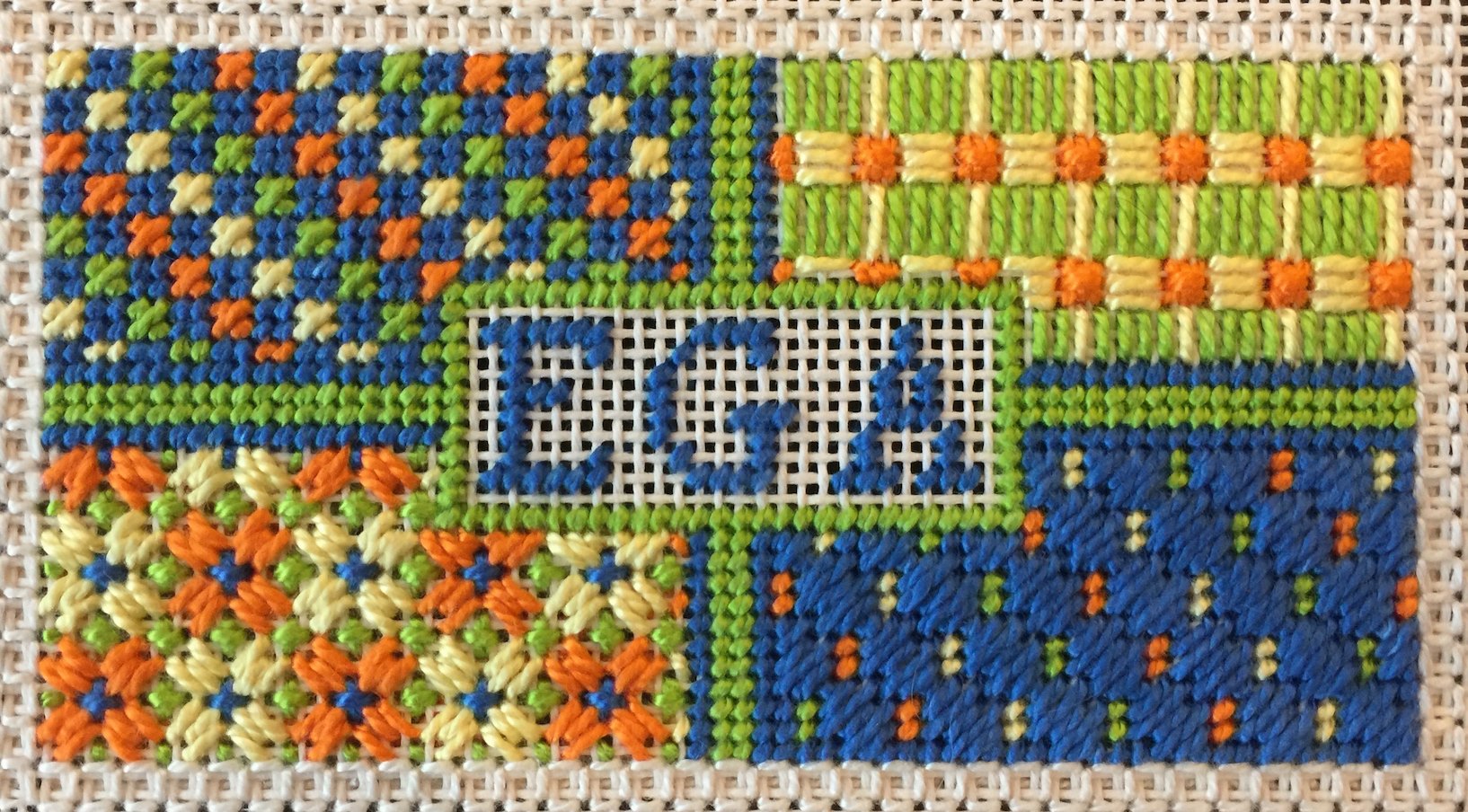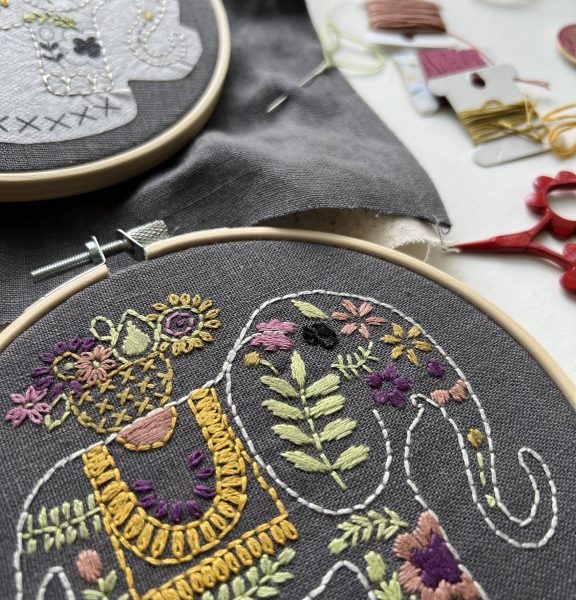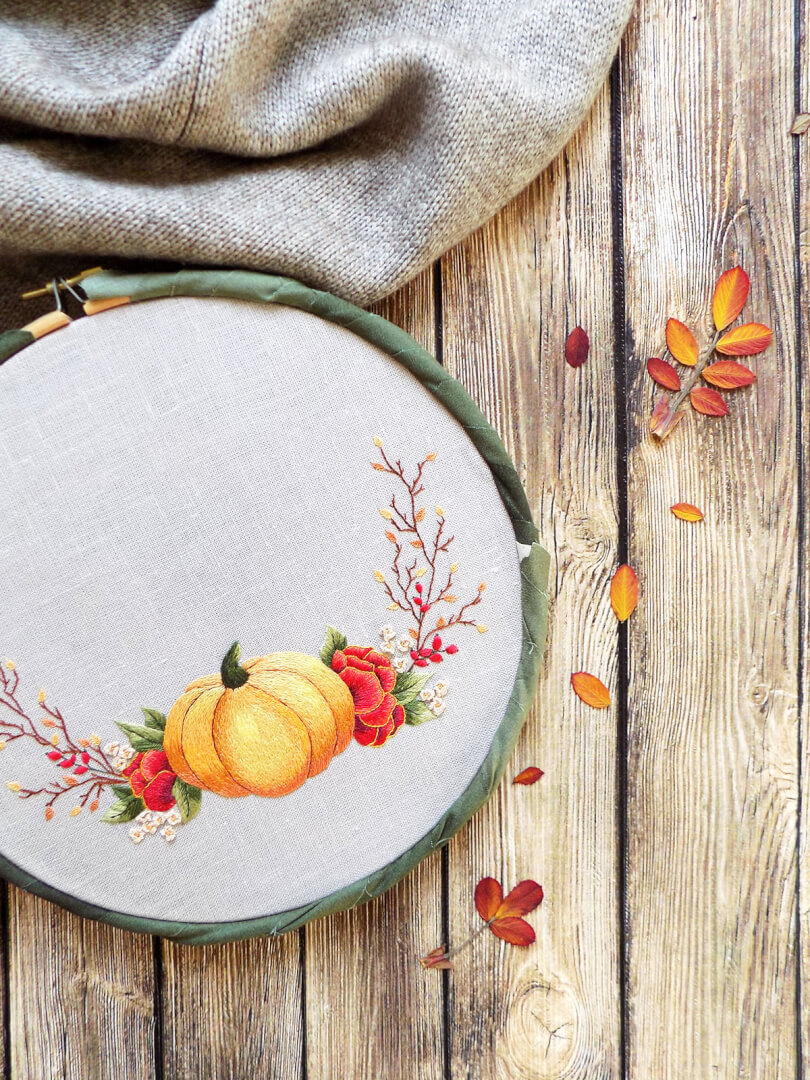Technique: Suzhou (Su) Embroidery
Place of Origin: Suzhou, Jiangsu Province, China
Earliest known date: 220 AD
History: Suzhou, or Su Xiu (苏绣), embroidery, is one of the oldest embroidery techniques, originating in China more than two thousand years ago during the Three Kingdoms era (220-280 AD). Also known as Su embroidery, Suzhou utilizes split silk thread and a variety of stitch techniques.
China has a long and storied history with silk; legend says that Empress Xi Ling-shi discovered silk in 2696 AD, when a silkworm cocoon fell into her tea and slowly unraveled to reveal the delicate beauty of silk. Empress Xi Ling-shi is credited with inventing sericulture (silk farming) and the silk loom.
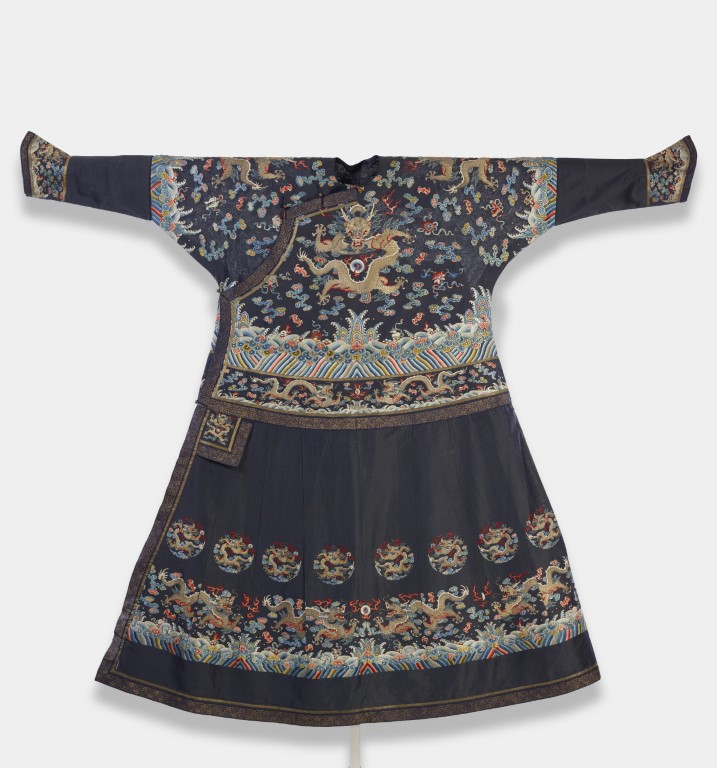
Suzhou is one of the four main styles of Chinese silk embroidery and perhaps the most celebrated. Known for using fine, delicate threads and dense stitchwork, and having a luminous finish, Suzhou embroidery was a silk embroidery tradition passed down generationally, from mother to daughter. Suzhou embroidery was used in clothing and decorative household items. Suzhou embroidery continued evolving over time, with Suzhou growing into a center for silk production. During the Song Dynasty (960-1279), Suzhou became a booming center for silk production and silk embroidery. Many families even grew their own silkworms.
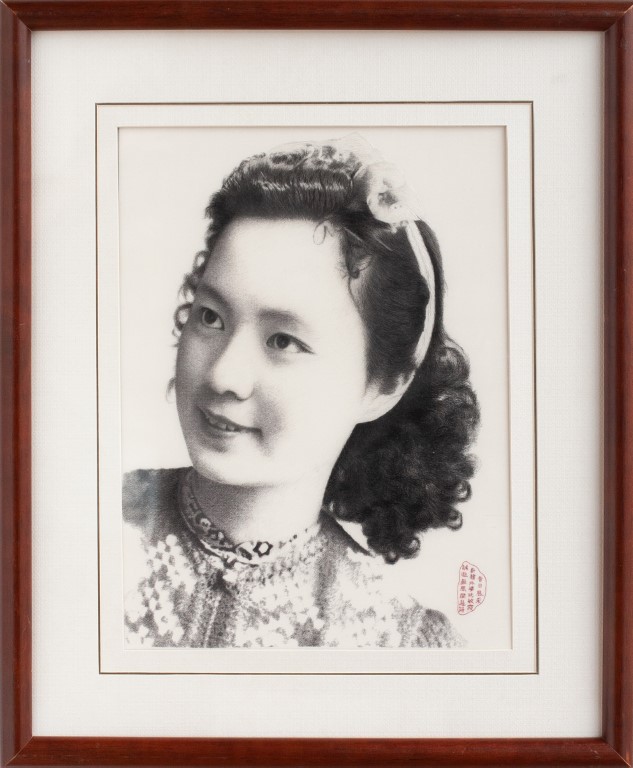
Because Suzhou embroidery was worked with such fine needles and thread, and involved dense, often colorful stitchwork, it came to be known as “painting by needle.” Later, during the Qing Dynasty (1644-1912), when Suzhou earned the title of the “City of Embroidery,” a more sophisticated version of Suzhou embroidery emerged: double-sided Su embroidery (shuang mian xiu, 双面绣), also called two-faced embroidery. With this technique, an almost transparent silk fabric is stitched with fine silk threads so that both front and back show a design. The design can be the same on both sides or different—there is no wrong side to the fabric. Double-sided suzhou embroidery is often kept in rotating frames to easily display both sides.
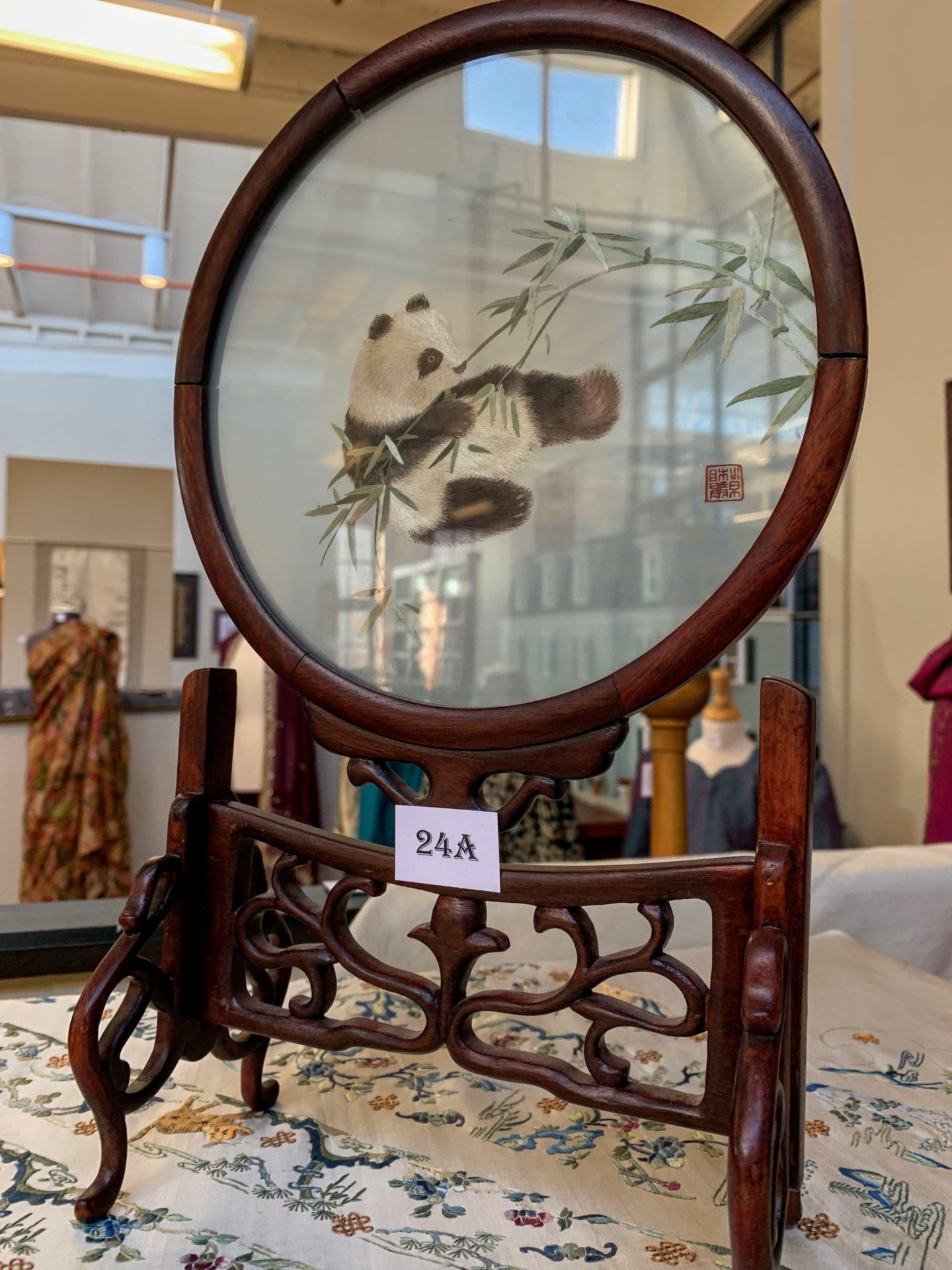
Materials: Suzhou embroidery uses very fine silk—often as fine as human hair. Pure silk threads are preferred, with embroiderers splitting those threads into finer strands — halves, quarters, eighths, sixteenths, or even finer. The use of incredibly fine, varied threads gives Su embroidery its delicate shading, shimmering surfaces, and almost photographic realism.
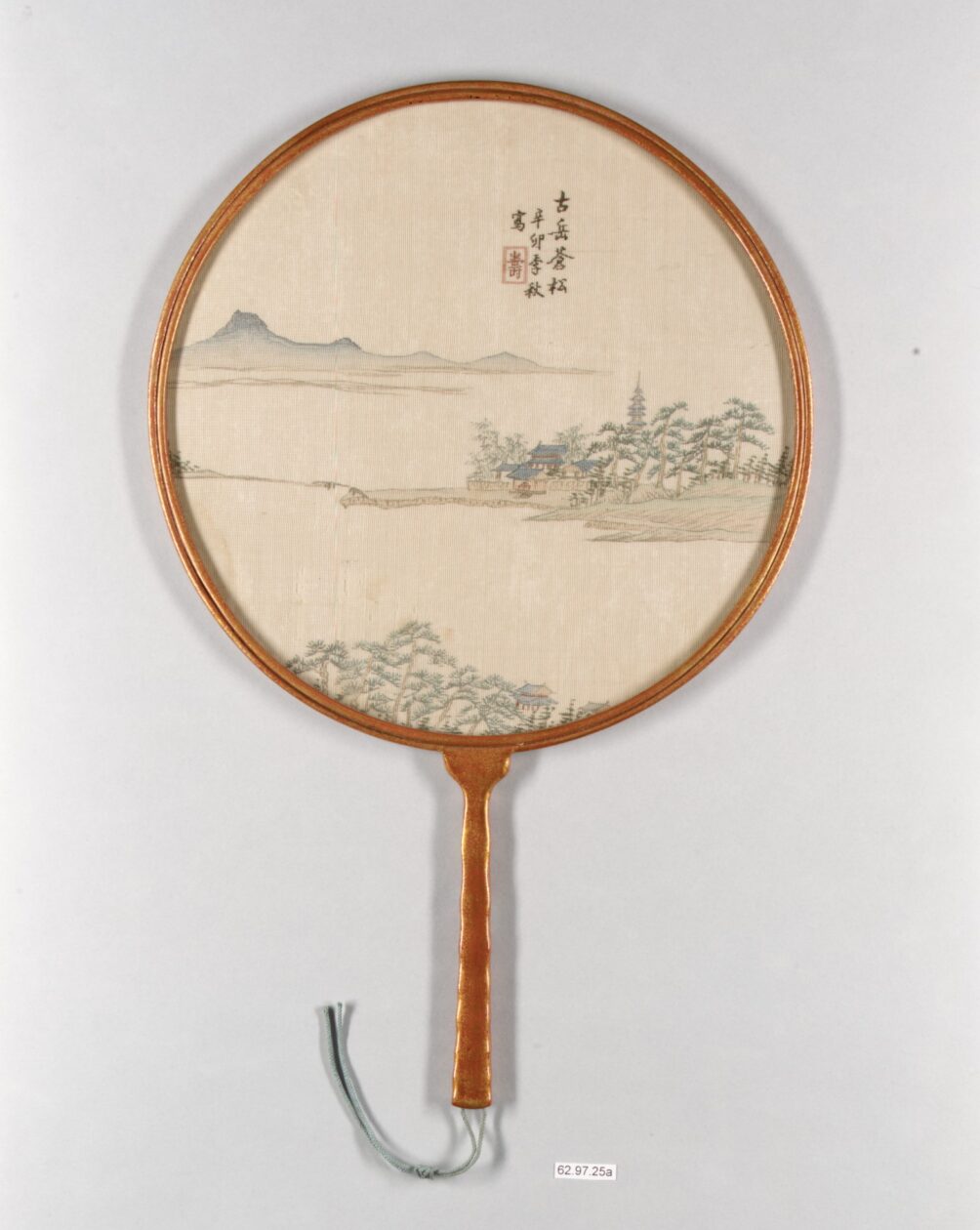
Silk fabric is the classic choice for the embroidery base. A gauzy, translucent silk fabric is especially paramount when working double-sided silk embroidery. Other materials like cotton, nylon, and even gold threads have been used in Su embroidery to achieve certain desired effects, dependent on the image.
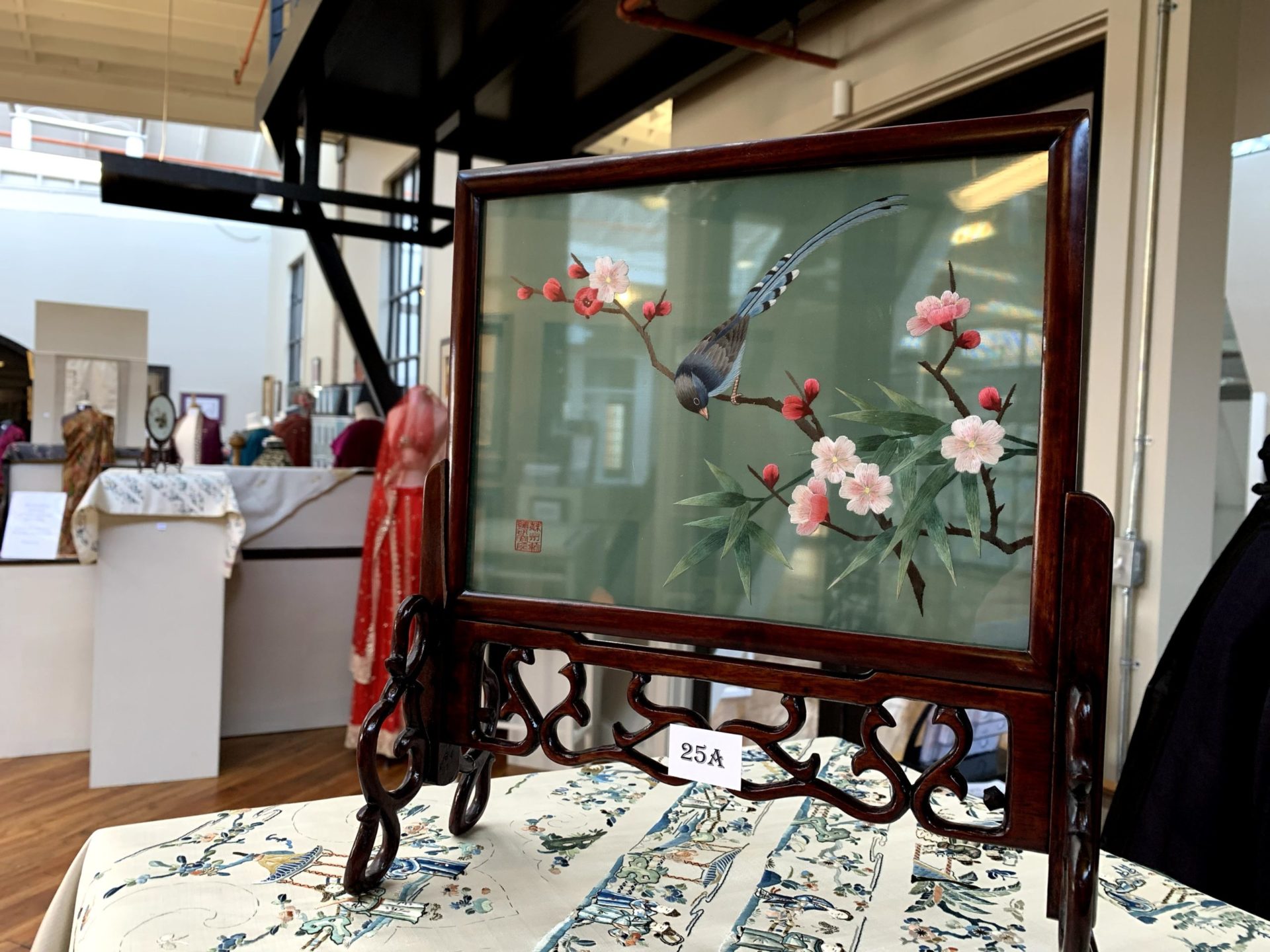
Techniques: One of the hallmarks of Su embroidery is its attention to layering, blending colors, and manipulating thread thickness—hence the well-earned term “painting by needle.” Artists carefully split silk threads, vary stitch directions, and build up layers to create shading, texture, and realistics details. In double-sided embroidery, stitches are so carefully woven that no thread ends are ever visible.
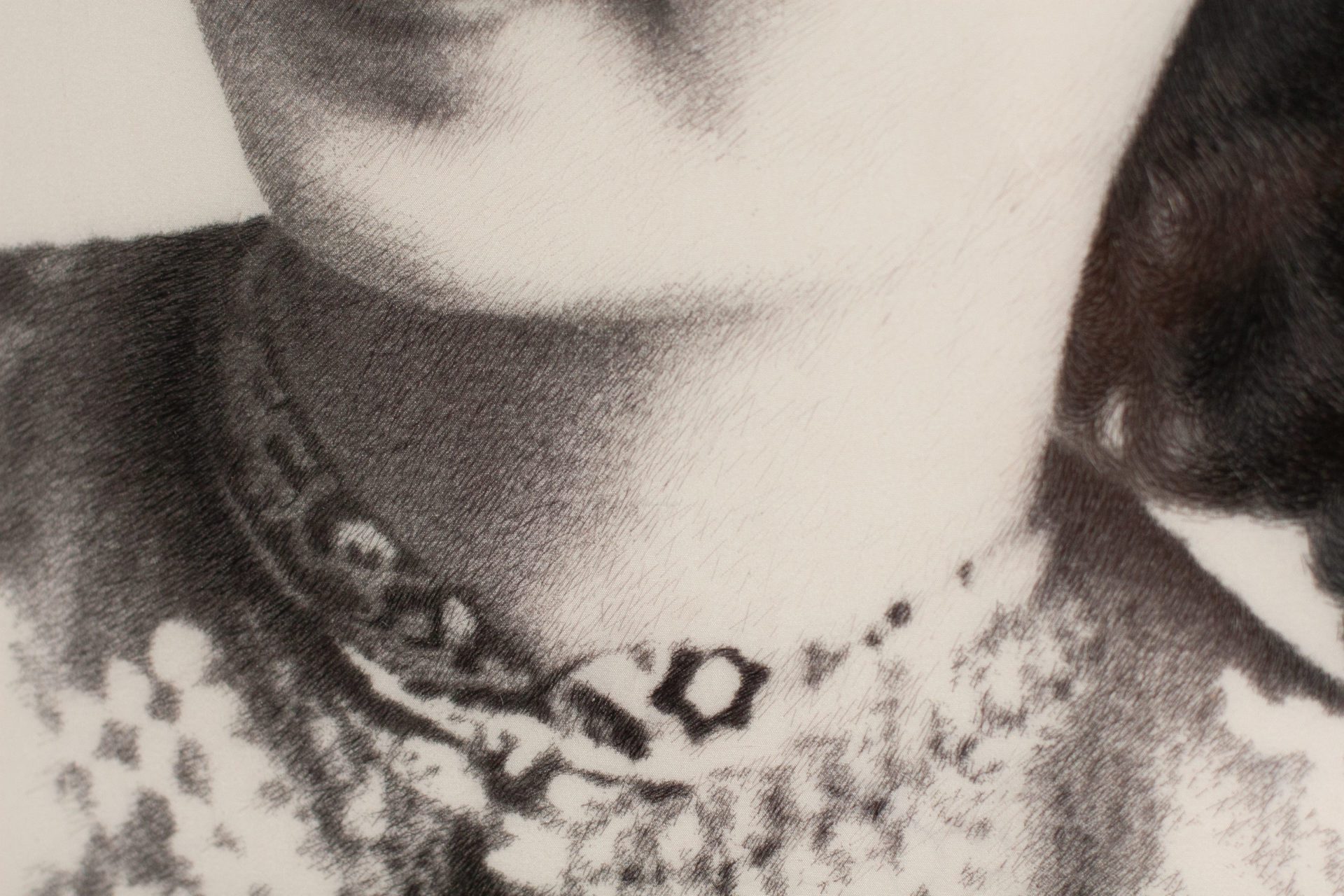
Stitches: Su embroidery began with approximately ten different types of stitches. It has since evolved to include more than 40 stitch types. The most prevalent stitches seen in Su Embroidery include:
- Even Embroidery (ping xiu 平绣), the earliest and perhaps most identifiable Suzhou embroidery style. Also known as “delicate embroidery,” this style emphasizes uniform, parallel stitches.
- Neat stitch (qi zhen 齐针), which includes long, straight, and evenly spaced stitches (vertical, horizontal, or diagonal) that create an ultra-smooth surface.
- Gradient stitch (qiang zhen 抢针), used to create subtle color transitions and color shading effects.
- Layer stitch (tao zhen 套针), which overlaps layers of stitches to build depth, often seen in feathers and petals.
Other specialty stitches like Prodding stitch (sou he zhen 擞和针) and Thickening stitch (shi zhen 施针) allow artists to stitch fluffy clouds, silky animal fur, and delicate flower petals with life-like realism and depth.
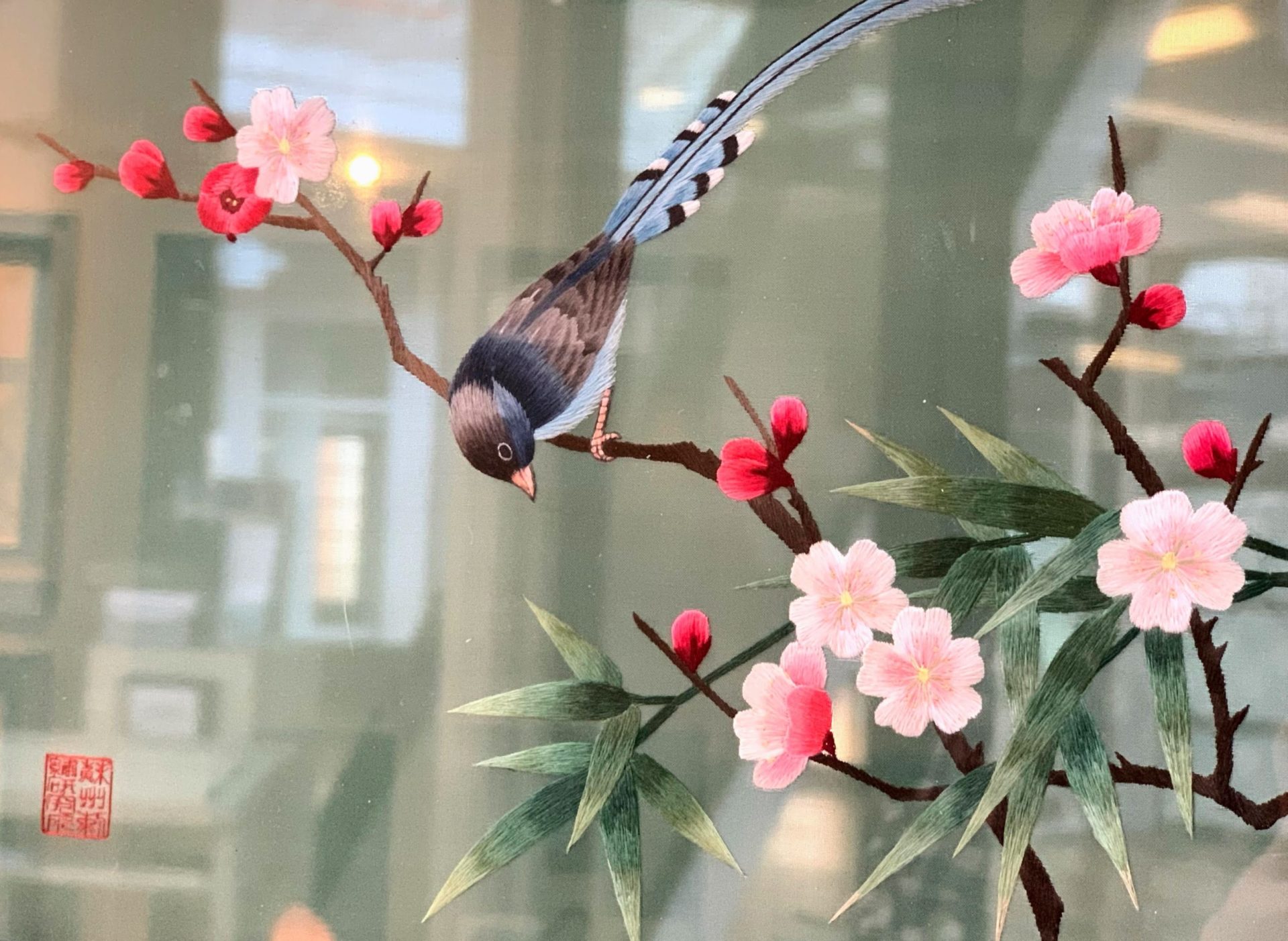
Random Embroidery (luan zhen xiu 乱针绣) is one of the most recent Suzhou embroidery developments. Created in the 1930s, this technique goes against the earlier Suzhou techniques of creating even, layered stitches. In Random Embroidery, stitches are layered in crisscrossing, multi-directional ways to create vivid textures and a painterly effect, often resembling oil paintings.
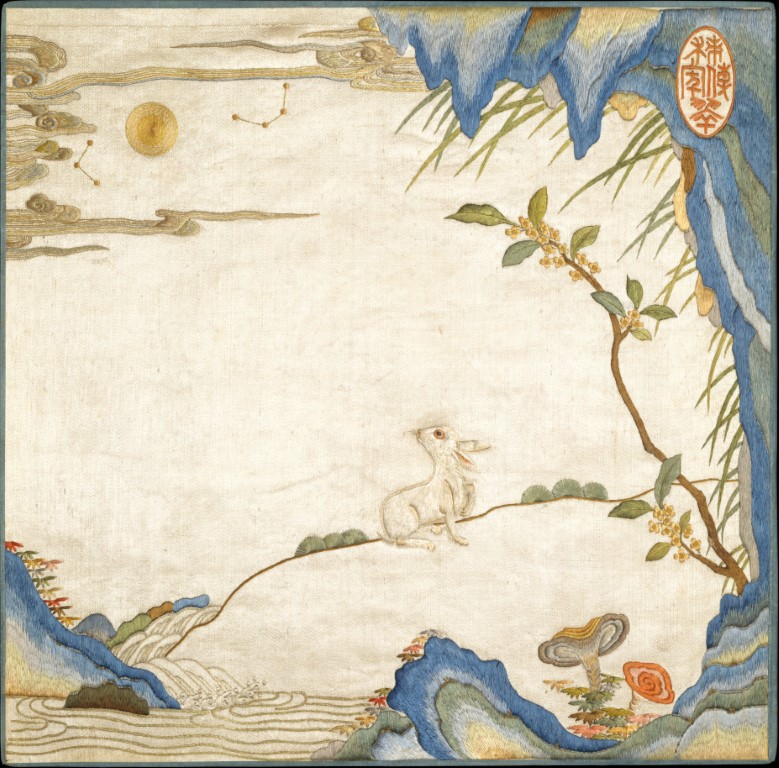
Motifs: Suzhou embroidery motifs draw from nature and traditional Chinese art. Birds such as peacocks, cranes, rabbits, and mandarin ducks, insects such as butterflies and bees, animals such as pandas, tigers, mythical phoenix and dragons, and koi fish, and an assortment of flowers such as lotuses, peonies, chrysanthemums, crabapples, plum blossoms, and orchids can be found throughout Su embroidery. The flora and fauna in Su embroidery symbolize different ideals, such as prosperity, luck, longevity, and abundance. The landscapes of China, from mountainous regions to lakes and lush green fields serve as backgrounds. During the Song and Ming dynasties, scenes from famous Chinese paintings often found new life in silk and thread.
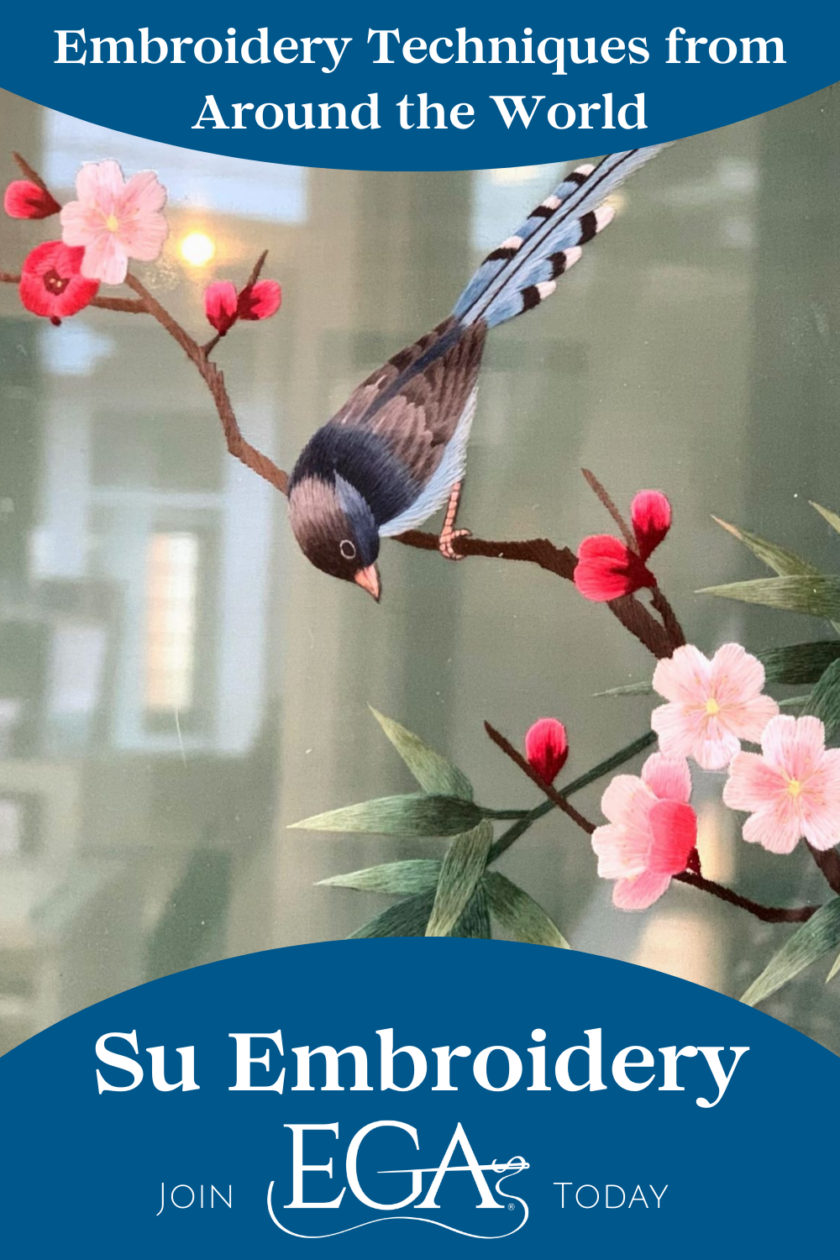 Sources
Sources
Suzhou Embroidery. In Wikipedia. https://en.wikipedia.org/wiki/Suzhou_embroidery
Leizu. In Wikipedia. https://en.wikipedia.org/wiki/Leizu
(n.d.). About Su Embroidery. Su Embroidery. Retrieved April 28, 2025, from https://www.suembroidery.com/about-su-embroidery
(n.d.). Introduction to Chinese Double Sided Embroidery from Suzhou, China. Su Embroidery. Retrieved April 28, 2025, from https://www.suembroidery.com/chinese-silk-embroidery-blog/chinese-double-sided-embroidery-from-suzhou
(n.d.). Suzhou Embroidery. Lettres Du Brassus. Retrieved April 28, 2025, from https://lettresdubrassus.blancpain.com/en/issue-15-0
(n.d.). Introduction of Chinese Suzhou Embroidery (Su Embroidery). Real In Shanghai. Retrieved April 28, 2025, from https://www.realinshanghai.com/introduction-chinese-suzhou-embroidery-su-embroidery/
(n.d.). What is Su Embroidery? Art of Silk. Retrieved April 28, 2025, from https://www.artofsilk.com/blogs/news/7987881-what-is-su-embroidery-the-history-of-suzhou-silk-embroidery-art
(n.d.). Thousand Year Su Embroidery Craft – Art on Fingertips. New Hanfu. Retrieved April 28, 2025, from https://www.newhanfu.com/32166.html
(n.d.). Su Embroidery. Textile Arts Center. Retrieved April 28, 2025, from https://textileartscenter.com/feature/su-embroidery/
(n.d.). Su embroidery, a gem of silk product. Shanghai Daily. Retrieved April 28, 2025, from https://archive.shine.cn/sunday/now-and-then/Su-embroidery-a-gem-of-silk-product/shdaily.shtml
